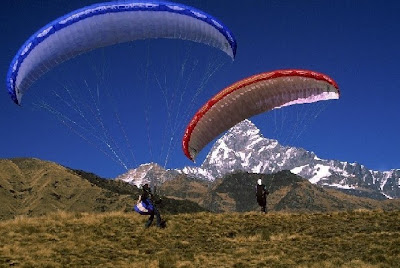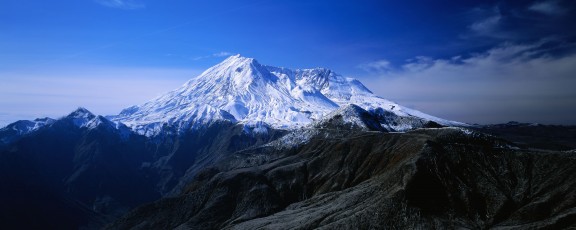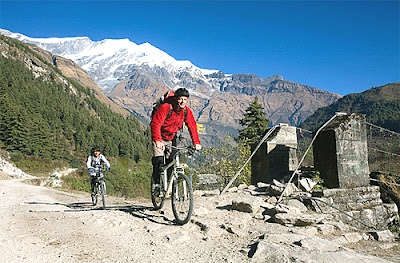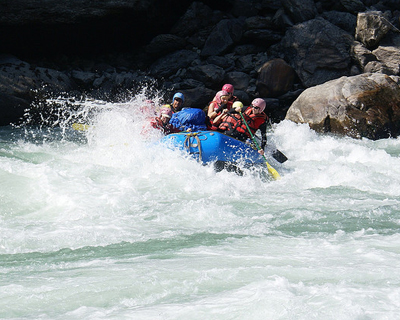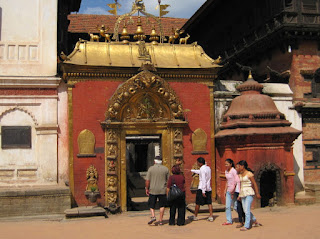Pokhara is one among the foremost fashionable tourist destinations in Nepal, and is additionally a contemporary town additionally to its history and nature. it's various museums and there are some fascinating caves, waterfalls and Tibetan villages within the surrounding hills. Pokhara records the higest rainfall within the country.
Pokhara gets additional rain than the other town of Nepal, and se encuentra en una importante ruta comercial antigua entrenal Tibet and India . it's a nice climate and may be visited any time of the year. It museum, located between Mahendra Pool and the airport , reflects the ethnic mosaic of western Nepal. Pokhara is found north west of Kathmandu, and is that the place to begin of any trek along the Annapurna circuit.
Pokhara features a subtropical climate with moderate temperatures. it's located roughly two hundred km west of Kathmandu, and , the opposite town of Nepal turned out to be quite a spot. it's slightly but one,000m on top of ocean level, giving it a tropical climate, however is way nearer to the mountains than Kathmandu is.
 |
| Boating tourist in Fewa Lake |
Phewa lake is additionally used for industrial fishing, and , Begnas and Rupa were all once a part of the body of water that stuffed the Pokhara Valley.
 |
| Ghandruk Village and Mt. Annapurna |
Ghandruk, an oversized & prosperous Gurung village, is superbly set against the backdrop of Annapurna South (7219m), Hiunchuli (6441m) and holy Mount Machhapuchhre (6993m). It offers terribly shut read of the Annaurnas and therefore the read throughout sunset and sunrise is amazing, and Trekking is one in all the foremost well-liked trekking destinations of Nepal and situated towards the northwest of Pokhara. it's famous for trekking from where you'll see best views of Annapurna South and Fishtail mountain. Ghandruk trekking is feasible to create short and long as your would like however following itinerary is a lot of tourists employed in previous. It , with its enticing slate-roofed homes, may be a fascinating place to go to, and VillageThis Annapurna Ghandruk Loop, 3, four days trek is appropriate for kids or weary trekkers, because it doesn’t entail any significantly long walking days and there's perpetually masses to envision.
Ghandruk may be a giant ancient Gurung village whereas Ghorepani is that the settlement below the famed vantage purpose of Poonhill. it's a famous Gurung village, overlooking the picturesque lake city of Pokhara also because the breathtaking Himalayan panorama.
